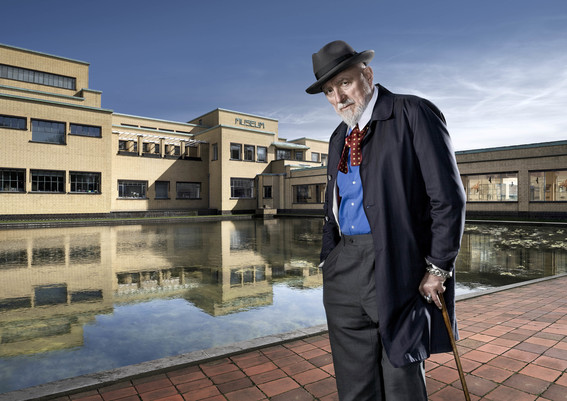
R
E
V N
E
X
T
More than 350 works worth EUR 300 million (USD 332 million) belonging to Taiwanese-German collector Maria Chen-Tu have allegedly been withheld by the now-defunct Bell Art, a Hamburg company that facilitated cultural exchange between China and Europe. At a press conference in Beijing on November 18, the collector revealed that 152 pieces by Markus Lüpertz, 99 by Anselm Kiefer, and 103 by Renate Graf from Chen-Tu’s Map Collection have not been returned after being entrusted to Bell Art as loans for a series of exhibitions staged in the Chinese capital between 2016 and 2018.
Chen-Tu claimed that Bell Art’s then-managing director Ma Yue had attempted to sell some of the works without the knowledge or permission of Map after the exhibitions ended. She also accused Ma of attempting to extort EUR 10 million (USD 11.1 million) from her in exchange for the artworks’ return. Chen-Tu filed a report with Beijing police on July 3, but was told that they would not open a criminal investigation unless she could prove Ma had received payment for the supposedly stolen art.
Ma has denied all allegations of wrongdoing. Speaking to the Süddeutsche Zeitung, the businessman claimed he had never personally offered works for sale, but that in December 2016, Chen-Tu had given him permission to do so. The collector clarified that she had only authorized him to broker the sale of a group of Kiefer’s paintings, but that Ma had broken the terms of their agreement by attempting to sell single pieces by Kiefer, and by offering Lüpertz’s works, including the painting Kamm (1968), without her consent. Neither party has been able to produce formal, written agreements pertaining to the works in question.
According to Ma, the artworks are being held in storage facilities in Shanghai, Shenzhen, and Hong Kong; the exact locations are unknown. Lüpertz, who was at the press conference, expressed concern over potential damage to his missing works. “This is a hostage-taking,” he added.
Bell Art, which liquidated in March this year, has been embroiled in a number of disputes. In 2016, Beijing’s Central Academy of Fine Arts Museum opened “Coagulation” (2016–17), an exhibition of Kiefer’s works co-organized with Bell Art that was publicly slammed by the artist and his representative galleries, White Cube, Gagosian, and Thaddaeus Ropac, as it had been staged without his consent. The paintings Chen-Tu had loaned for this exhibition are among those allegedly withheld by Bell Art.
Other artists have reported works going missing after being entrusted to Bell Art. According to the Süddeutsche Zeitung, 27 paintings by Chinese artist Zhang Xi disappeared after she sent them to Bell Art to be exhibited in Germany; she was never remunerated. Uwe Esser similarly lost four works that were meant for display in a Nanjing exhibition in 2015. Esser told the newspaper that Ma’s employees said “Mr. Ma could hand over the money at Düsseldorf Airport, without an invoice and without value-added tax.” The artist refused the “conspiratorial” arrangement and filed a formal complaint instead. A court date in Krefeld for an embezzlement case against Ma has been set for January 24, 2020.
Ophelia Lai is ArtAsiaPacific’s associate editor.
To read more of ArtAsiaPacific’s articles, visit our Digital Library.












